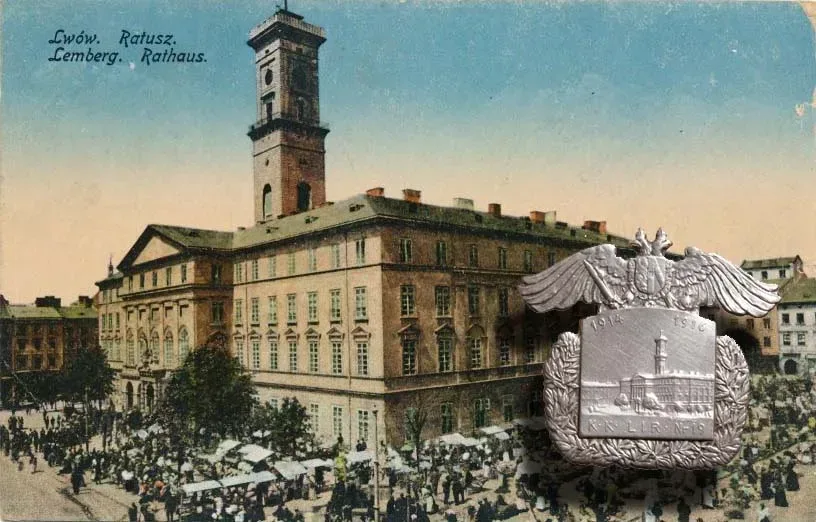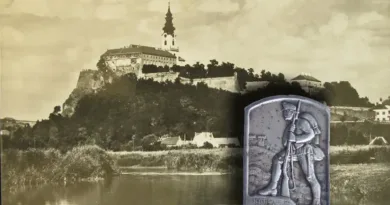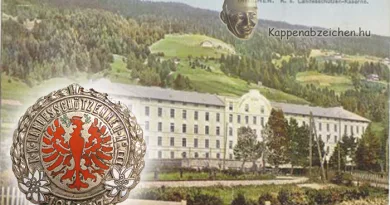Lemberg/Lwów/Lviv
The foundation of the city can be linked to the formation of the eastern Slavic states on the Eastern European plain. It was part of a disputed territory between the King of Poland and the Great Prince of Kiev. The area came under Kiev’s jurisdiction in 981. Later, it came under the control of the Prince of Galich, a Ruthenian duchy. The town was founded during this time. It was first mentioned in writing in 1256. In 1349, Kazimierz III of Poland has captured Galich. From then on, until the partition of the Kingdom of Poland, it was a Polish estate. It was the center of the ruthenic province
The city’s rapid growth began under Polish rule. Lwów laid in the intersection of two main trade routes. The Kraków-Kiev east-west route and the Vistula-Black Sea north-south trade road. Under Polish rule, it soon became a royal city with a right to stop goods. It also became a regional center of many nationalities. The area became Austrian property after the first partitioning of Poland in 1772. Under Austrian rule, both Ruthenian/Ukrainian and Polish cultural traditions continued to live in the city. For example, from 1786 onwards, the local university organized programs in the languages of the three nationalities. After decades of centralization and violent Germanization, patience with nationalites became a feature again in 1861. In 1867 Galicia’s independent parliament was formed.
During the Great War, Lemberg was a strategic place that was fought for on the Eastern Front especially in 1914. The Russians owned the city until mid-1915. The Monarchy recaptured the city after the Gorlice breakthrough. Lemberg’s release was the theme of many Kappenabzeichen. After that, the city was used as main supply hub of the Eastern Front.

Lemberg’s home regiment was the 30th infantry regiment. The recruiting area gave personnel also for the 19th Landwehr Infantry Regiment. This unit had a nice silver-plated badge showing the town hall building of Lemberg. The neoclassic building, which can still be seen today, was built in 1851. Its interesting feature is the tower. During this historic period town halls rarely featured towers as decorative elements. It seems also a little strange at first that the badge does not depict one of the city’s cathedrals. They were more valuable and interesting. The reason for this may have been that there were several of them for different religious denominations and nationalities. They were not chosen because of the divisive effect that these much more valuable and beautiful buildings could have caused. Instead, designers chose the town hall, which represented imperial unity.





[…] The tower on the left side of the badge belongs to the Latin Cathedral. 14th century Gothic cathedral, built under the rule of III. Casimir of Poland. It was consecrated in 1405. Today, there are only two Roman Catholic churches in the city, this is the larger one. Next to the cathedral, to the right the tower of the Town Hall is seen, which I have already written about in connection with another badge. […]